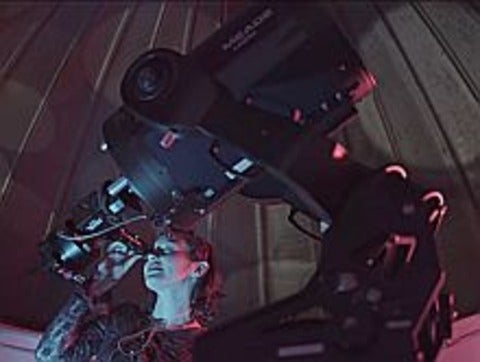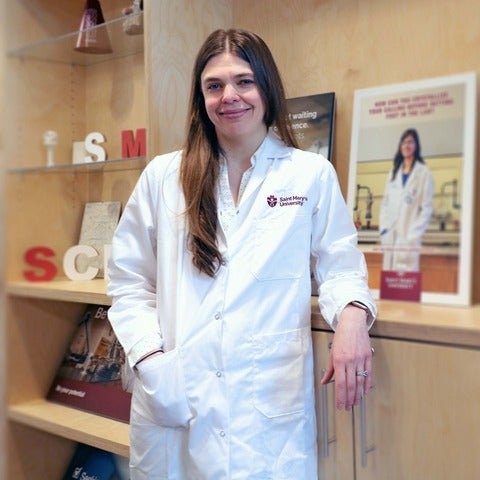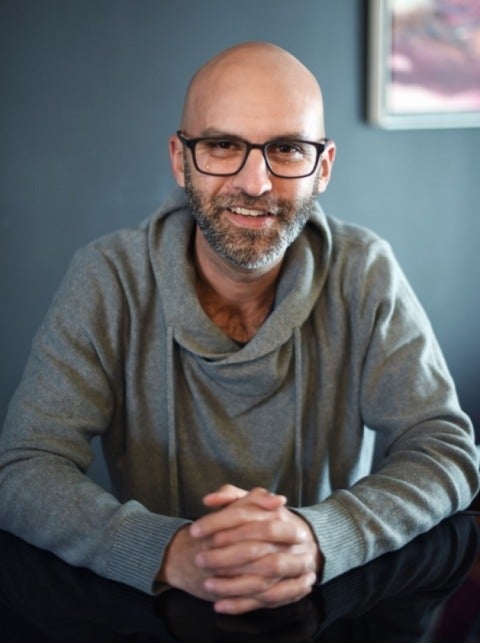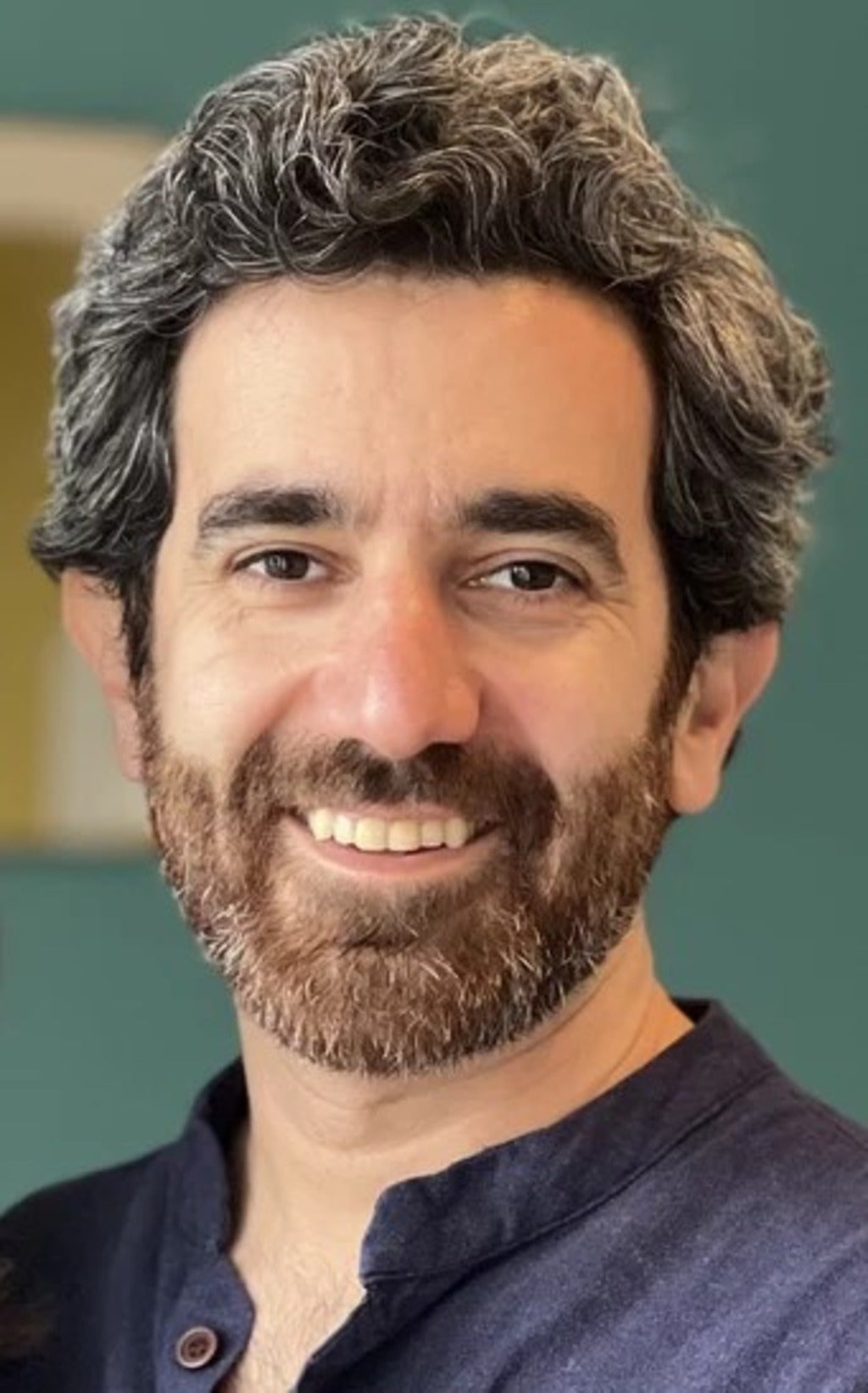Systematic manipulation of disorder for extraordinary function in materials
Dr. Varda F. Hagh, University of Chicago
Traditionally, the properties of bulk materials such as elastic moduli or plasticity have been understood from the characteristic scales and symmetries of underlying ordered structures, e.g., atomic crystals or colloidal lattices. However, disordered materials, such as glasses or granular media, have great untapped potential: they can exist in a multitude of metastable states that are distinguished by their microstructure.



